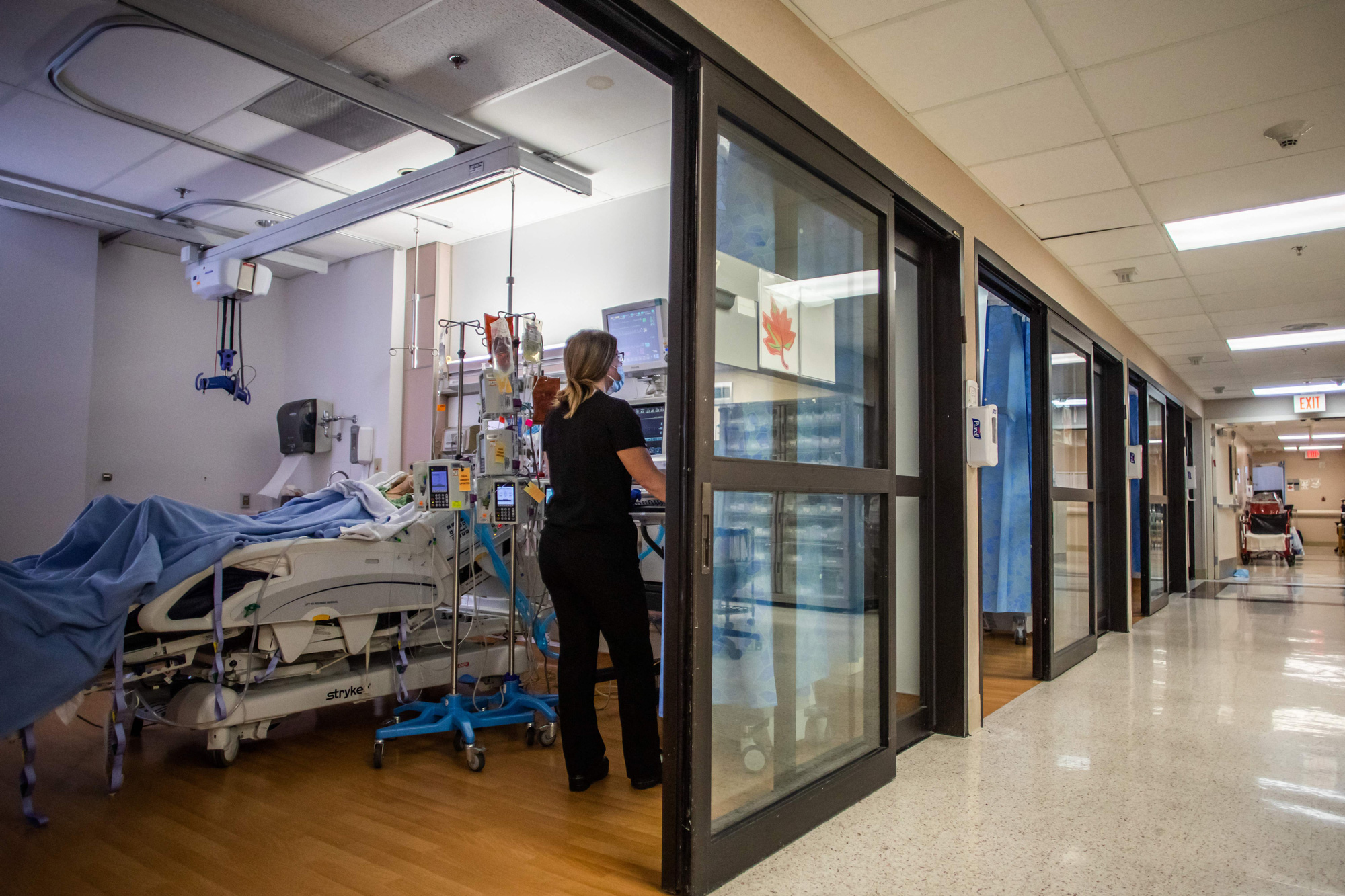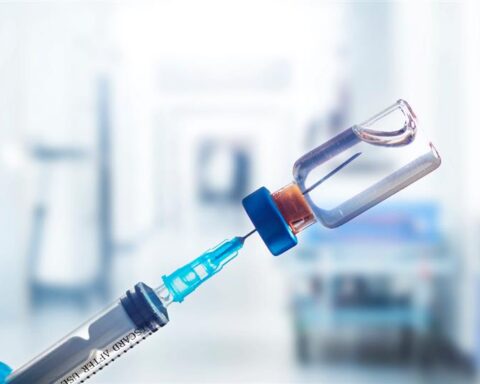While much of the US is seeing a decline in hospitalizations for Covid-19, it’s also evident the fight against the pandemic is far from over as eight states are reporting limited numbers of available ICU beds.
Texas, Idaho, Alabama, Georgia, Oklahoma, Kentucky, Arkansas and North Carolina have 15% or less of their ICU capacity available to patients, according to data from the Department of Health and Human Services.
Dwindling capacity from Covid-19 has led to many hospitals strained for resources and staffing, often leaving them unable to provide the standard of care they would like, according to health care professionals.
On average over the last week, Covid-19 hospitalizations have declined by more than 1,400 a day, according to data from the US Centers for Disease Control and Prevention.
Whether the change is temporary or the beginning of the end is still not clear, health experts say, and now is not the time to get complacent.
Dr. Anthony Fauci, director of the National Institute of Allergy and Infectious Diseases, has said the vast majority of the US will need to be vaccinated to control the spread, but according to data from the CDC only 56% of the population is fully vaccinated.
“I am worried that we still have some tough days ahead,” said Dr. Ashish Jha, the Dean at Brown University School of Public Health. “Even though we’re doing reasonably well on vaccines, we’ve got to do much better because the Delta variant is very good at finding people who are unvaccinated and infecting them.”
And with children under 12 still not yet eligible to be vaccinated, many experts are concerned about how kids will fare.
An average of 225 kids were admitted to the hospital with Covid-19 every day for the last seven days, according to data from the CDC. The number is down from an average of 263 the previous week.
While pediatric infections have been decreasing, they remain high. Children under 18 make up 22% of the US population but account for 27% of all cases nationwide, according to data published Monday by the American Academy of Pediatrics.
And although those cases are less likely to be severe or result in death, children can end up with long-term symptoms.
Child deaths are an ’embarrassment’
Child deaths from a preventable illness like Covid-19 are the motivation for authorizing a vaccine in children, the US Food and Drug Administration’s top vaccine official said Tuesday.
“In this latest wave of Covid-19, particularly down south, there have been thousands of children hospitalized. And, frankly, it’s an embarrassment in a developed country to have even 100 children, like we’ve had, die of infectious disease that’s preventable,” Center for Biologics Evaluation and Research Director Dr. Peter Marks said in a town hall hosted by the Covid-19 Vaccine Education and Equity Project.
“We didn’t have a vaccine to give them, but I would hate to deprive children of their lives because we don’t decide to vaccinate them, even against the relatively low-risk thing,” Marks said.
According to the CDC, 645 children have died from Covid-19 in the US.
“No parent should have to lose their child to a vaccine-preventable illness if we have a vaccine that can be deployed that is safe and effective. And we will only allow something to be authorized that we find to be safe and effective,” Marks said.
Marks said he didn’t know whether authorization of a vaccine in children ages 5 to 11 would come following a meeting of the FDA’s Vaccines and Related Biological Products Advisory Committee scheduled for October 14 to 15, but he said the FDA would work quickly to go through needed data when it becomes available.
“Many of us of the people who work at FDA have young children or they have grandchildren. And this is clearly one of the most important issues to get done so we’re not going to be wasting any time,” he said.
Johnson & Johnson asks for booster dose authorization
As officials prepare to review vaccines for young children, they are also considering authorizing a booster dose to increase protection for people who got the one-shot Johnson & Johnson vaccine.
J&J said Tuesday it has asked the FDA to authorize booster shots for its vaccine. According to the CDC, about 15 million people in the US have received a J&J shot.
The company said it has made the request, but is leaving the decisions around who should get the boosters and when up to the FDA and CDC.
The FDA’s Vaccine and Related Biological Products Advisory Committee is scheduled to meet October 14 and 15 to consider requests from Moderna and Johnson & Johnson to add booster doses for their Covid-19 vaccines.
Last month, the company released some data from three different studies that showed boosting its vaccine at two months or at six months increased immune protection.
“We announced that the six month data are a very strong, very strong boost, like an amazingly strong boost,” said Dr. Mathai Mammen, head of global research and development for J&J’s vaccine arm, Janssen. “And that two months is a good boost, and the two-month good boost was associated with 94% vaccine efficacy, right across the board, all ages.”
The Pfizer vaccine has already been authorized by the FDA for use as a booster for people 65 and older, people at high risk of severe disease and people whose jobs put them at risk of infection.





